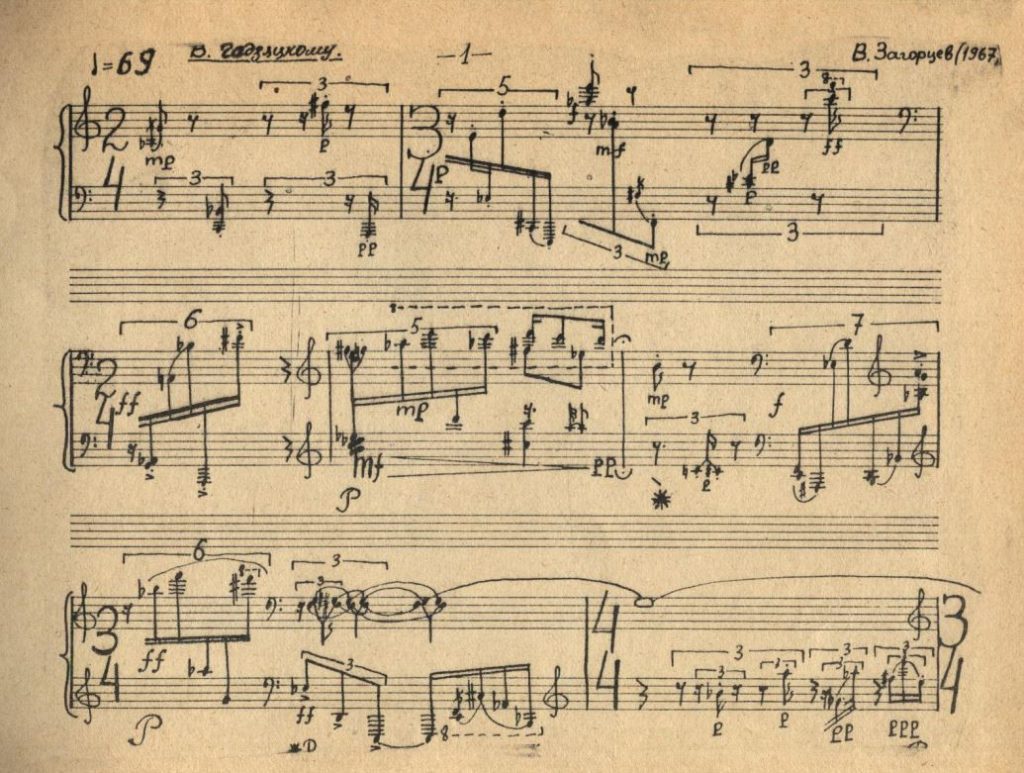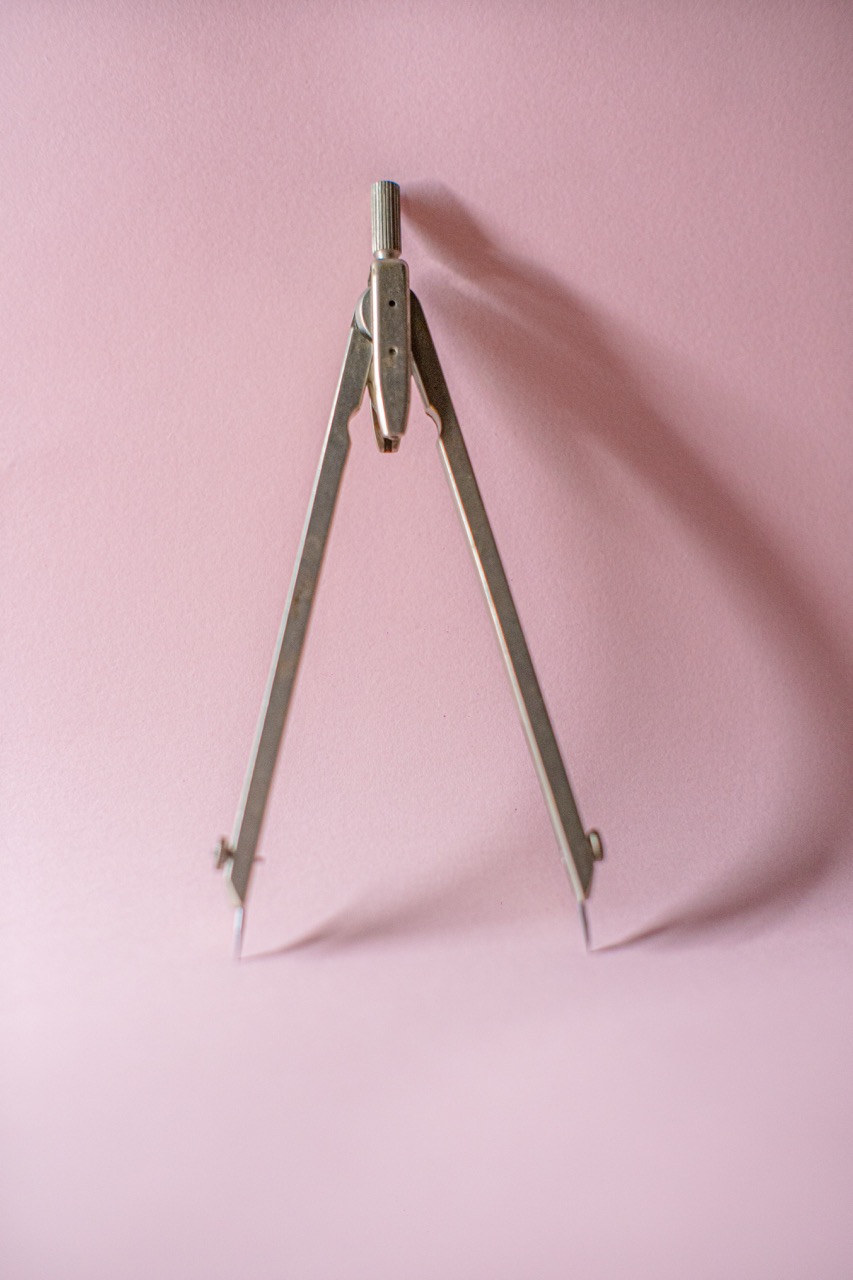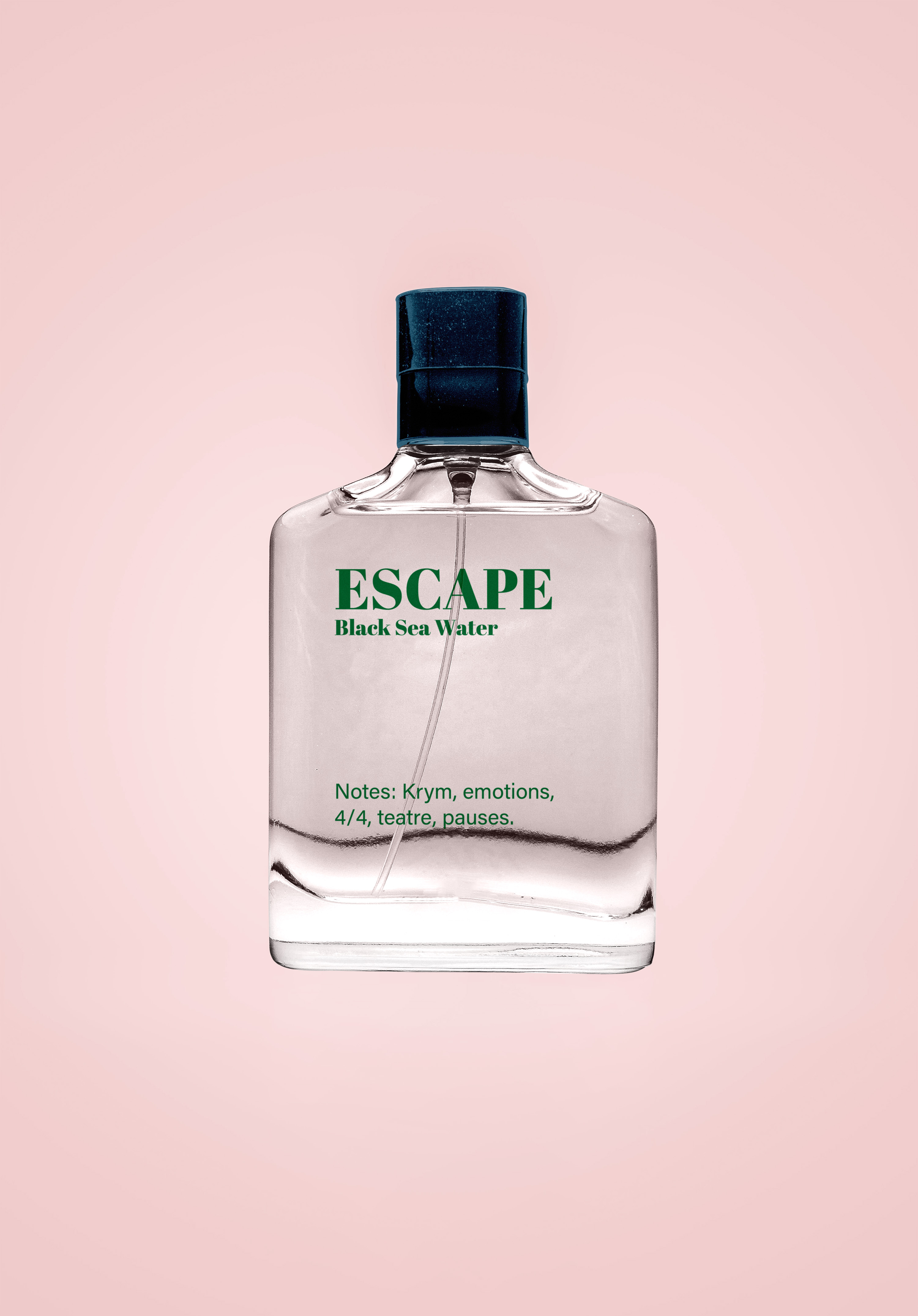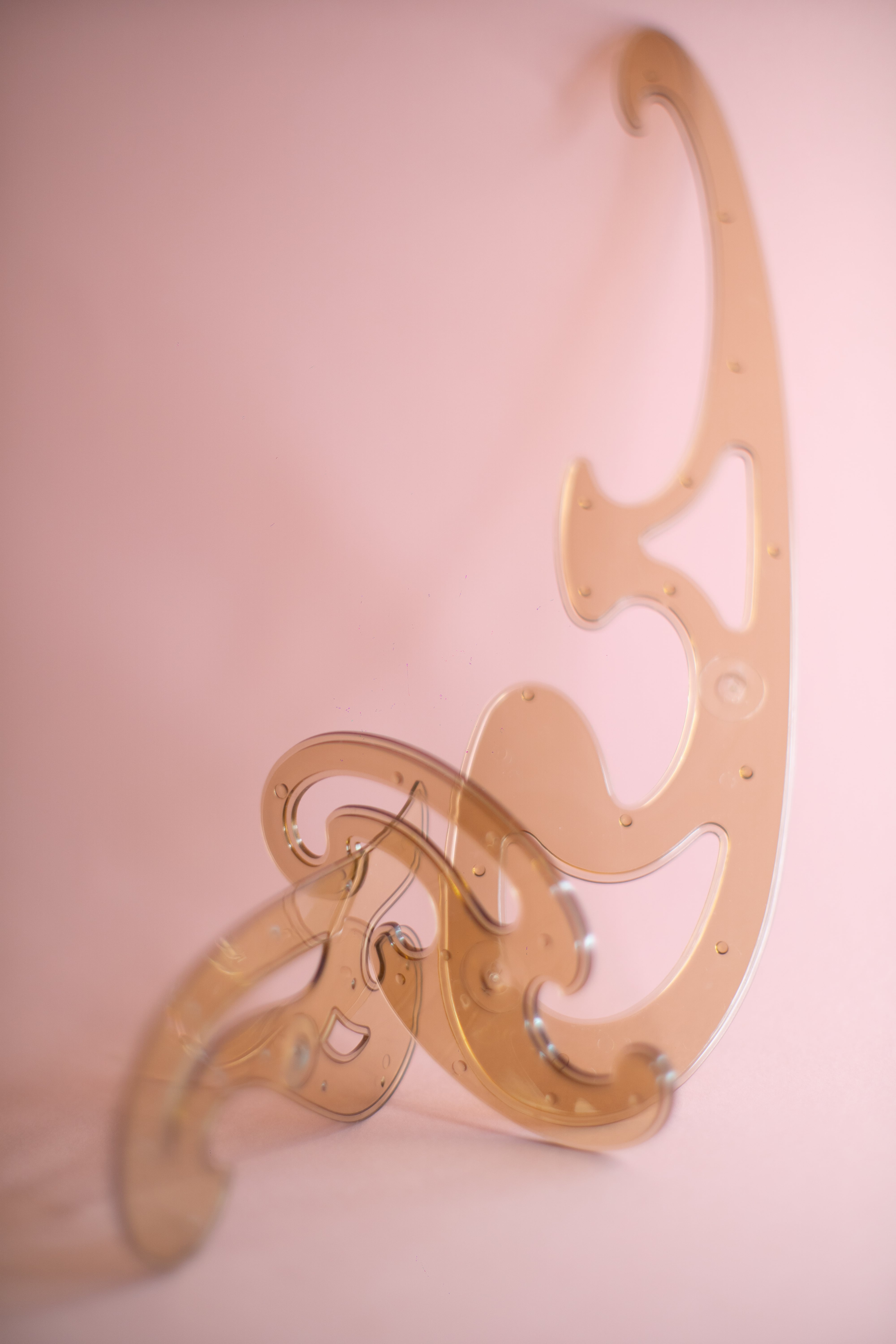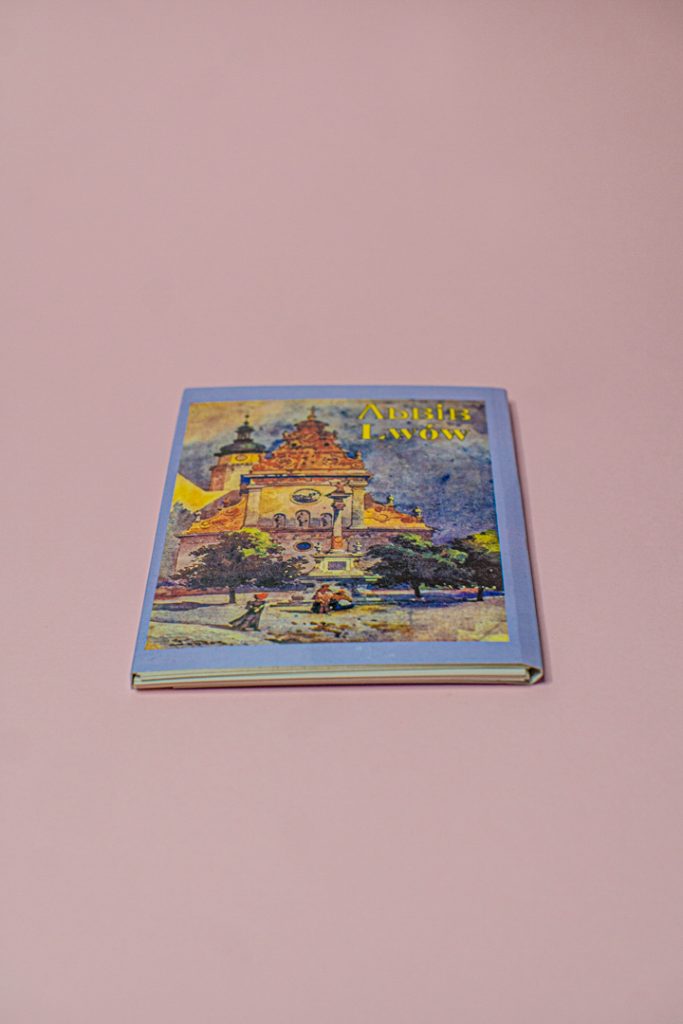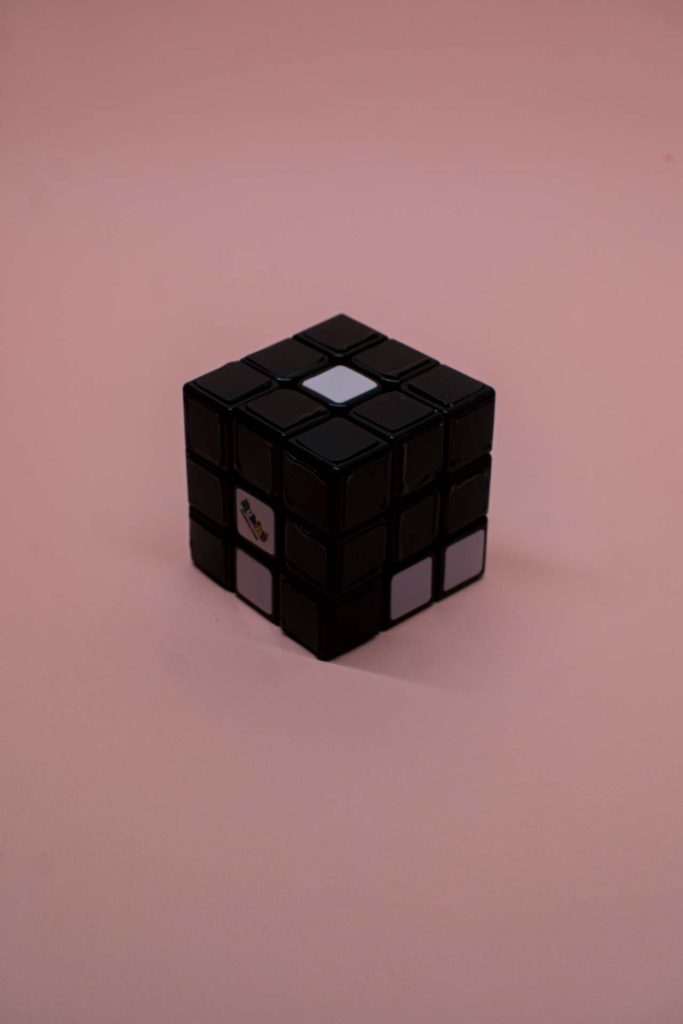
Easy-Peasy Rubik's Cube
Composer Volodymyr Zagortsev: “simple music”, complicated life

I will also provide an overview of some of my publications, which will allow the reader to learn the context of the existing research about Zagortsev. First of all, the book In Memoriam. Composer Volodymyr Zagortsev. Articles, letters, memories. Materials for a biography 1 is an important source. Some chapters are available online in slightly abridged versions: 1) the introduction to the book; 2) an overview of his life and work At the edge – as if a life in an infinite realm…; 3) a story of the American premiere of Gradations by Zagortsev.
I’d start this essay recalling Heraclitus’s famous aphorism, because I feel that there is a “river” in front of me, which I now have to enter for the second time. Almost nine years ago (in the fall 2014), I had already attempted writing a text that was planned to become an introduction to Volodymyr Zagortsev’s creative work, including the key stages of his biography and a general description of his legacy. The major difference, however, is that in 2014 I was only somewhat familiar with a small number of Zagortsev’s works and met him personally. At that time, I did not have enough information and did not know the facts necessary to determine causes and effects of his important stylistic developments; in my early research, therefore, it was hard to avoid speculation and idealization. Now I have quite substantial experience related to the subject – lectures and master classes, archival research; editing and promotion of works for performance and publication; restoring the scores from parts and from unfinished sketches, and above all – the subject of my greatest pride – the publication of a monograph about the composer, the first ever large-scale study focused exclusively on his life and work.
My desire to focus on Zagortsev’s creative output was triggered by the following fact: nine years ago (four years after the composer’s death), neither a biography, nor a complete list of his works existed yet. Moreover, everything that could be of interest to a potential researcher was completely disorganized and fragmented. This caused not only surprise, but also bewilderment and even fear that the memory of a prominent composer may simply disappear. When I realized this, I decided to use the opportunity to change the state of Zagortsev’s creative heritage, and I had no right to lose this chance. Now, when the problem seems to have been solved, it’s time to reflect on the reasons why his materials had not been taken care of. To understand these reasons, let’s recall the key points of Zagortsev’s biography.
***
The childhood of the forthcoming composer was rather ordinary: he grew up as an average soviet person. He was born in Kyiv, studied at school and lived in Pechersk district, played sports (NB – he had the 2nd rank in boxing – these skills will have to mentioned soon), was a member of the Komsomol, had a GZR badge (“Ready to defend the Motherland”) and even wanted to become a lawyer.
The young man, however, discovers music, and his life turns in the other direction. When Volodya Zagortsev was fifteen, his parents bought a piano. It is rather late to start studying music at this age; three years later, however, in summer 1962, Zagortsev was admitted to the Kyiv Conservatory. He studied in the studio of an outstanding composer and teacher Borys Lyatoshynsky [Борис Лятошинський] and joined an informal student group, so-called Kyiv Avant-Garde. Along with Valentyn Silvestrov [Валентин Сильвестров], Leonid Hrabovsky [Леонід Грабовський], Volodymyr Huba [Володимир Губа] and Vitaly Godziatky [Віталій Ґодзяцький], Zagortsev was one of the main actors in the group.

Kyiv Conservatory, room 33, middle of 1960. Standing: Volodymyr Zagortsev and Viktor Shevchenko; sitting: Mykola Poloz and professor Boris Lyatoshynsky
This determined the main direction of his further creative growth – studying the basics of dodecaphonic compositional technique, based on the texts by Ernst Křenek and Hanns Jelinek, translated by Hrabovsky, and studying the works of modern Western composers. The group had access to scores by Pierre Boulez, Karlheinz Stockhausen, Igor Stravinsky, Anton Webern and others because of a wide network of foreign contacts, maintained by means of correspondence by the conductor Igor Blazhkov [Ігор Блажков]. Zagortsev also communicated with foreign colleagues, including the American harpsichordist and composer Joel Spiegelman, who organized a number of performances of Zagortsev’s music in Western Europe and the US. The young composer traveled and gained unforgettable musical impressions, most importantly, he attended the legendary concerts of the BBC orchestra conducted by Boulez in Leningrad in January 1967.
Having graduated from the conservatory in 1968, Zagortsev works as a teacher at the Drohobych School of Music (1968–1969), where he teaches theory, conducts a student orchestra, and leads folklore expeditions. He served in the Soviet army for a year (1969–1970). In 1971 he became a member of the Union of Composers and worked as an editor at the publishing house Musical Ukraine [Музична Україна] for some time. Zagortsev was married twice – his marriage with the harpsichordist and pianist Tatyana Kofman lasted from 1962 to 1969; in 1976, he married Margarita Kuznetsova, with whom he lived for the rest of his life.

Now that we know Volodymyr Zagortsev’s main achievements, let’s return to the starting point and walk the same path again, examining his life through different lenses.
It is quite possible that Volodya Zagortsev saw his father for the first time at the age of nine, in 1953, when he was rehabilitated after Stalin’s death and returned home, having spent about a half of his assigned twenty-year term in the Kolyma Gulag labor camp. Future composer’s mother, who was a doctor, by that time was already married to another man and even had a child with him. Later, in 1962, she died by suicide having taken a lethal dose of a medical drug; possibly because she could not bear the emotional burden of complicated personal relationships.
This tragedy happened about a month before 17-year-old Zagortsev entered the conservatory. He was not a perfect student, because he was not interested in any courses outside of composition and was forced to take a one-year leave, to avoid dismissal. Once he resumed his studies, Zagortsev was unable to return to Lyatoshinsky’s studio. His new tutor was Andriy Shtogarenko, who was then the rector of the conservatory; Shtogarenko was not a big fan of the Kyiv Avant-Garde group, and their relationship was rather problematic. Zagortsev invested great efforts in his graduation work, Symphony No. 1, which he considered a compromise; yet its performance at the final exam in 1968 was a disaster.

Now that the solitaire of individual life events in Volodymyr Zagortsev’s biography is laid out, we can see that his CV is clearly divided into two parts – “face” and “shadow” – and this poses a challenge for a biographer. Whoever decides to create a strictly positive image of the composer, ignoring the other side of his life story, will provide an incomplete picture, where the first half of his life is the most meaningful, and the most significant events include foreign performances and trips abroad (which, frankly, were not numerous).
An attempt to write the so-called truth will lead to other difficulties. In our post-Soviet historical and musicological tradition, the overall image of a classical composer is destined to be flawless and exemplary. This approach, however, is incompatible with the horrors experienced by Zagortsev, which made a strong impression on him, and which are difficult to describe without resorting to a sanctimonious-moralizing tone or, conversely, to the tabloid press style of writing. In addition, let me remind you that before the publication of my collection of texts, there were no trustworthy sources that could be used for the composer’s biography; therefore, one had to rely on memories and private stories of relatives, colleagues, and acquaintances in order to build at least a somewhat complete portrait of his personality. These stories contradicted each other on many issues and were colored by personal attitudes, gossip and rumors – as a person, Zagortsev certainly could not be liked by everyone – which have no place in an official biography.
This contradictory character was too challenging for a contemporary biographer, as he combined an outstanding compositional ability and a philosophical view of music with alcohol addiction caused by deep emotional wounds and the stain of an unintended murderer. Therefore, it was much easier to ignore Zagortsev than to add him to the pantheon of canonized music geniuses in contemporary post-Soviet Ukraine, where seats are limited and hierarchy, which outlines the rows alongside the classics, is strictly observed, with a clearly established main row, a place in which guarantees sacredness and protection from any critical judgment. Even the Sun will not be allowed to get a seat there if it has an extra spot.
Volodymyr Zagortsev’s difficult path should be perceived as nothing short of a prolonged life’s feat. Being an ordinary Soviet person who never had status privileges, and possessing aesthetic views that were not compatible with the dominant ideological norms, a person whose existence was also stained by a series of personal issues, he had an invincible creative will and faith in his vocation. While he could have gradually destroyed himself as a result of life’s misfortunes in the early 1970s, he consistently chose to focus on his compositional self-expression. Therefore, Zagortsev the human always had a chance to strive toward Zagortsev the artist, reducing this distance as much as he could, and earning precious fruits from his creative work. These emerged as the result of his immense efforts and bore the imprint of a difficult internal struggle, unapparent to an outside observer.
The following account will focus precisely on these fruits. We will explore how, despite the complexity of the inner world and the social side of life with all its uncertainty, the composer’s musical expression was rooted in certainty, objectivity, and even – what will become key in the further discussion – simplicity.
***
Zagortsev’s creative legacy is not too extensive, but it is quite diverse. It consists of symphonic works (including five numbered symphonies), chamber music (string quartets, sonatas for various instruments accompanied by the piano and for solo piano) and vocal music (chamber cantatas and an opera). The dominant aesthetic and stylistic trends in his work are avant-garde, post-avant-garde and neo-folklore. In the second part of my article, I present the genre which for a long time was something like the composer’s “creative laboratory” and which is the most representative of his mature period – the ten Chamber Concertos. Zagortsev worked on this group of works for about half of his life – for almost thirty years: Concerto No. 1 was written in 1981, and Concerto No. 10, the last one (unfinished because of the composer’s premature death, but later completed by me) — in 2010. This series of works can be objectively examined as a cycle, that is, it is possible to see logical and formal connections between the pieces. What does the composer himself say about this interpretation? This is easy to determine, because it was possible to find his statements on the subject in four primary sources.
1. In one of his few interviews, the composer informs the reader about his current creative endeavors:
I am writing the Chamber Concerto No. 5 for piano, wind quintet and string orchestra. He will continue the series of chamber concerts created in the eighties. They are not a cycle in the traditional sense, but they can be performed two or three at a time, depending on the conductor’s choice.2
Let’s remember one important thing: the composer suggests that these five completed scores can be grouped in different ways.
2. In the same interview, Zagortsev clarifies:
Certainly, it is difficult to avoid the temptation of quick success with the listener. In the past, I also wanted to write simple music that would be easy to understand and perform, such as my cycle of chamber concerts.3
One can feel that he seems to make an excuse in this statement, and it is important to understand the reasons why. In general, almost every Soviet composer, especially in Ukraine, who leaned towards the techniques of European post-war musical avant-garde in their early work, changed their aesthetic and stylistic directions sooner or later. On the one hand, this was a purely natural phenomenon, caused by mature age and the changing priorities in creative work; in addition, these changes gave rise to a certain internal conflict, which was expressed in the somewhat skeptical attitude to the composer’s origins – as they say, dodecaphony, serialism, avant-garde are the “mistakes of young age.” There are some exceptions to this rule, even though they are relatively few, compared to the general trend. The creative paths of such composers as Leonid Hrabovsky, Nikolay Karetnikov, as well as Volodymyr Zagortsev, don’t have such significant worldview “modulations”; on the contrary, they demonstrate a consistent connection to the ideas of the post-war avant-garde, the artistic value of which they appreciated since their youth. In terms of stylistic categorization, their work can be defined as post-avant-garde – that is, as an avant-garde that relies on the solid ground of tradition, preserving its aesthetic achievements and rethinking them.
What about Zagortsev? How can we interpret his implicit attempt to make an excuse, as noted in the above statement? We can think of it as an unintentional overstatement. Of course, the aesthetic qualities of Zagortsev’s Chamber concertos are significantly different from those of Rhythms and Volumes, created during his studies at the conservatory. At first it may even seem that they were written by different composers. However, once a listener gets used to this music, they can feel that the composer’s attitude to harmony, texture, rhythm, and instrumentation has changed, while a substantial foundation remains the same. Zagortsev still has an internal conflict on this ground, however, even though his wording is significantly different from the one above. (“Didn’t I betray myself? Am I on the wrong path, allowing myself to write music that is accessible to the listener, while a whole series of my early avant-garde works still haven’t been performed?”). The composer somewhat exaggerates the consequences of transformations of his musical language. He also reveals a mistake typical for Soviet composers in general and the artists of Kyiv Avant-Garde in particular – to consider complexity and simplicity not as universal characteristics of compositional logic – complex consists of parts, simple is indivisible – but to make them dependable on the parameters of musical language. Sure, the diatonic basis and rudiments of tonality are considered – for no good reason – more “simple” compositional means than serialism, which is viewed as “complex” because of its emancipated treatment of dissonance.
3. The Chamber Concertos are also mentioned in Zagortsev’s letter to the composer Ulrich Leyendecker (dated 12/26/2000):
For me, this month was extremely stressful. I was preparing for performance of Chamber Concerto No. 2 from the cycle “Simple music”. And, perhaps, for the first time in Kyiv, everything went very well. 4
It’s worth noting that the phrase “simple music” is in quotation marks, which indicates that it’s no longer just a qualitative characteristic of this music, but a proper name, i.e., the title of what is now unambiguous – the cycle of Concertos.
4. The fourth primary source is Zagortsev’s letter to the producer and conductor Virko Baley (1987). It is a pity that not all pages of this letter have survived, and its content is divided by a “caesura” right in the excerpt which is fundamentally important for us – the author’s comment about one of the Concertos:
[…] percussion instruments – one performer; harp, piano, horn in F and a string orchestra gradually increasing from first violons (4), second ones (4), viols (4), cellos (4), basses (2) to a full ensemble. In front (next to the conductor) violin, flute, harp. All 3 concertos — 30 minutes. 5
There is no doubt regarding which work is discussed – it is the instrumentation of Concerto No. 3, which is meant to be performed as a single whole with the two previous Concertos, and this letter is additional evidence that allows for a single interpretation. The only unanswered question is – what exactly did the composer have in mind when he mentioned the “gradual increase” in instrumentation of the string orchestra? In the existing score of the Chamber Concerto No. 3 the number of string instruments is quite traditional and remains constant. We can assume that the meaning of this remark is explained on the lost pages of the quoted letter, or – and this is merely a speculation – there was another version of the score, which for some reason is still unknown to us.
Although the author’s comments do not grant us complete certainty, they at least clearly indicate the direction for further interpretation: the ten Chamber Concerts are a specific cycle of “loose” structure, which allows for the arbitrary grouping of its parts, opening wide opportunities for performers to form different concert programs.
The specific features of each concerto are determined by its instrumentation, and first of all, by the soloists, as in the case of the classical prototypes of Zagortsev’s Chamber Concertos, such as eight compositions by Paul Hindemith Kammermusik (1922–28) and Johann Sebastian Bach’s six Brandenburg Concertos (1721). This demonstrates great diversity within the cycle of Chamber Concertos. Below is a brief description of the orchestral lineups for each of the Concertos:
No. 1. Fl.alto, Arpa. Archi (1981)
No. 2. Vn, Pno. Archi (1982)
No. 3. Fl. alto, Arpa, Vn, Pno. Corno (backstage). Archi (1984)
No. 4. Vc. No. Archi (1988)
No. 5. Woodwind Quintet. Archi (1996, rev. 2004)
No. 6. Vn, Fl, Pno. Archi (2001)
No. 7. Fl, Cl, Vn, Vc, Pno (2002)
No. 8. Flute, Pno. Archi (2003
No. 9. Single symphony orchestra with percussion (Timp., Vibr., Camp-li, Piatti sosp., Gong jav., Tamt) and piano (2004)
No. 10. Ob, Pno. Archi (2010, completed by me)
We can see that the majority of the ten Concertos have multiple soloists: five double concertos, one triple concerto, one quadruple and only one solo – most are accompanied by a string orchestra. There are two exceptions, however, of the same kind as in Hindemith’s Kleine Kammermusik for wind quintet (1922), which includes seven numbered Kammermusik for various orchestral combinations. In Zagortsev’s Concerto No. 7 there is no string orchestra (it is, in a sense, a Concerto for seven soloists senza orchestra), and the instrumentation of Concerto No. 9 is literally “one step away” from a full-fledged symphonic orchestra.

Volodymyr Zagortsev’s chamber concertos embody the best features of new Ukrainian music, and therefore performers and scholars should pay more attention to them. I have been editing this cycle since 2020. At the time of this writing, six scores out of ten have been revised and prepared for performance; one has been performed and one has been published. The ultimate goal is to present the complete cycle – a new performance, recording and printed edition.
As a conclusion of the article, I want to offer the reader to listen to outstanding performances of the concerto trilogy, subtitled “Simple music” by the composer. The works are performed by the National Ensemble of Soloists Kyivska Camerata – one of the most committed performers of Zagortsev’s music for many years. The studio performances of Concertos No. 1 and No. 2 are led by an outstanding Ukrainian conductor Fedir Hlushchenko; Concerto No. 3, edited by me, is performed under the baton of Roman Rewakowicz during a live concert in Warsaw.6 I am looking forward to hearing these works performed not separately, but together in one concert, as three parts of a single cyclical work – this, in fact, would be the ultimate realization of Volodymyr Zagortsev’s imaginative idea, which is taking so long to become a reality.
Translation: Oksana Nesterenko
In Memoriam. Композитор Володимир Загорцев. Статті, листи, спогади. Матеріали до біографії, ed. O. Voytenko, Kiyv 2021. ↩
Olga Zosym, One of the sixties. Composer Volodymyr Zagortsev, in: In memoriam, op.cit., p. 116. ↩
Ibidem, p. 113. ↩
Zagortsev’s papers at the Central State Archive of Literature and the Arts (TsDAMLM), fond no. 1421, file no. 52. ↩
TsDAMLM, fond no. 1421, file no. 49. ↩
Soloists are: Valeriy Turbovskyi (alto flute) and Natalia Izmailova (harp); Arkadiy Vynokurov (violin) and Valeriy Matyukhin (fortepian); Maria Kiyakh (flute), Kirilo Bondar (violin), Dmytro Tavanets (piano), Yaroslava Neklyaeva (harp). ↩
